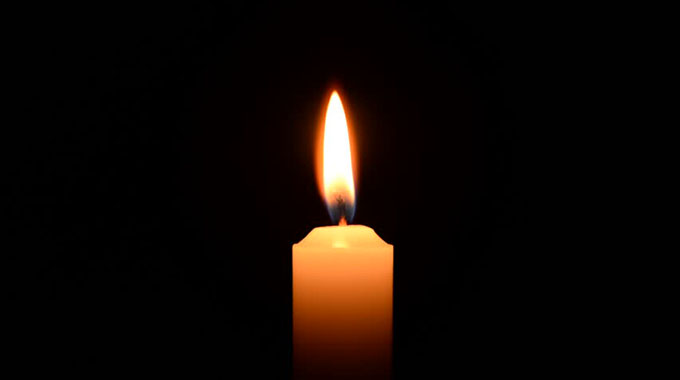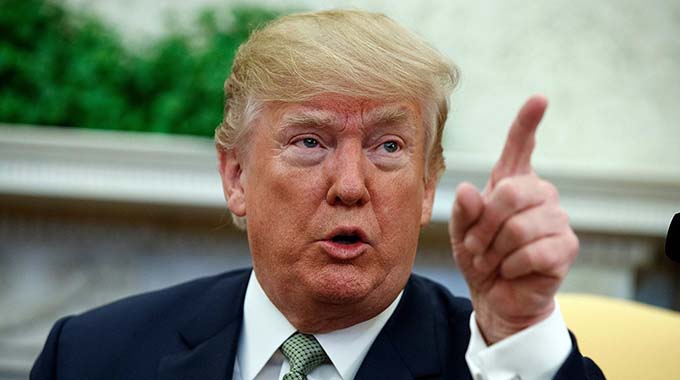Can tariff hike improve electricity situation?

Jeffrey Gogo Climate Story
One of the greatest tricks Zesa Holdings ever pulled was convincing the Zimbabwean people that the power utility is a victim of poor pricing. But that is not entirely accurate.
Zesa is a complacent and willing victim of organised theft, corruption and mismanagement. Auditor-general Mildred Chiri uncovered how the company literally sent millions of dollars down the drain, repeatedly paying for goods that were never delivered.
Then there’s the Chivhayo debacle, the faulty pre-paid meters, unusual employee perks and so forth. The extent of the rot reaches to the sky. Former Energy Minister Samuel Udenge was last year jailed an effective two and half years for prejudicing a Zesa subsidiary of over US$12 000.
When the Zesa story is fully told, there will be little justification that a tariff increase is what the power utility needed to improve electricity supply.
Zesa’s casting as a victim of sub-economic pricing is nothing more than futile romanticism, clearly designed to gain public sympathy and to utilise that support towards achieving a pre-determined goal — increasing electricity prices by stealth.
Household electricity tariffs have now shot 176 percent to 27c per KwH, rising much faster than both incomes and inflation. The general assumption would be to see a corresponding improvement in the electricity situation.
But that’s not going to happen because nothing has changed really, perhaps only yet, except that you now buy less electricity for more.
The idea is that a well funded Zesa would be able to do more to make power available, which makes sense, and in the short-term we can expect the extra dollars from the tariff increase being used to buy electricity outside Zimbabwe.
Yet this could be a trap. The tariff increase will put pressure on the exchange rate, because Zesa will need more Zimbabwean dollars to buy USD to fund power imports. It may evolve into a vicious cycle.
A more desirable and lasting solution to the current energy crisis would to be boost generation capacity at existing power plants, building new ones and creating incentives that support increased investment within the power sector, particularly targeting renewable energy.
Finance Minister Professor Mthuli Ncube last week revealed one of the major interventions towards boosting electricity generation from renewables — a model most preferred in a world hamstrung by dangerous climate change, the result of centuries of unbridled fossil-fuels dependant global economic development.
He removed excise duty on imports of solar batteries and lithium-ion solar batteries.
The logic is clear. Solar power is not only the most credible quick fix solution to Zimbabwe’s electricity woes, but also sustainable, one that directly responds to the country’s plans of cutting carbon emissions by about a third by 2030.
It is crucial that solar components are affordable to those keen on fully exploiting the energy source, off or on-grid. In the rural areas, the Rural Electrification Agency has over the last few years installed solar mini-grids at 422 institutions including schools and clinics.
Minister Mthuli also recognised that Zesa was run down and that a lot of electricity was going to waste. In the Supplementary Budget released on Thursday, he recommended “Demand management through rapid role out of pre-paid and smart meters and embracing energy saving technology; Speeding up ongoing reforms including restructuring of ZESA to improve efficiency and management of the parastatal; and implementation of planned medium to long term projects.”
In addition, Government will soon launch the Renewable Energy Policy and Biofuels Policy which seek “to create a well-balanced energy mix as a strategy to climate-proofing of energy infrastructure in the country, taking advantage of our resource endowments in solar, coal, gas and hydro.”
God is faithful.











Comments